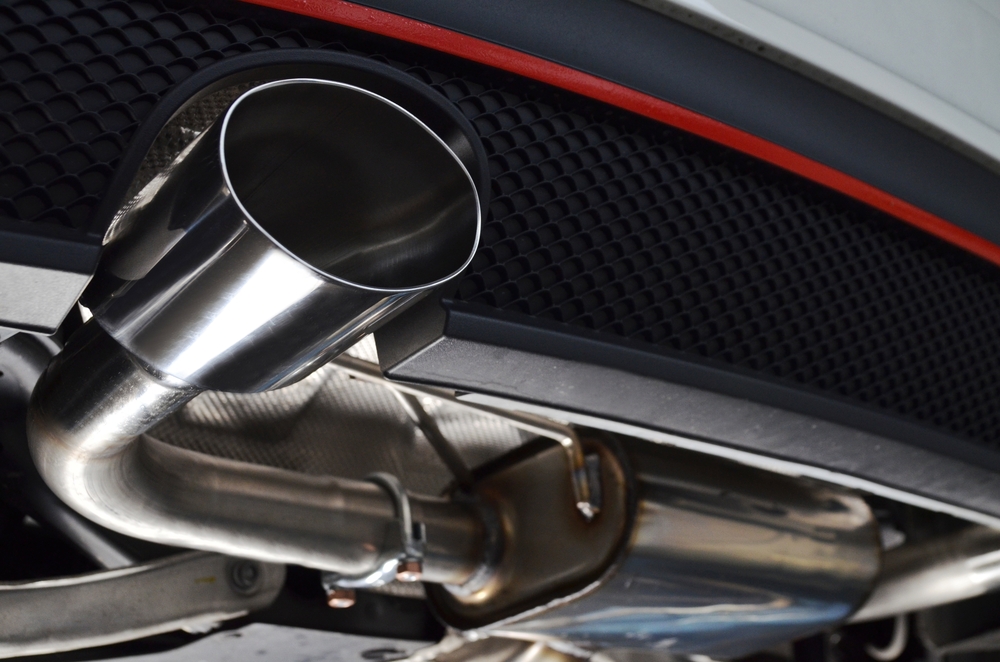
A car is an incredible machine, a little mobile factory of pistons, belts, smoke, and heat, all working to create one of mankind’s most essential products: propulsion. The famed Mexican painter, Diego Rivera, had this to say about how the majesty of the automobile in his autobiography:
“As I rode back to Detroit, a vision of Henry Ford’s industrial empire kept passing before my eyes…I thought of the millions of different men by whose combined labor and thought automobiles were produced, from the miners who dug the iron ore out of the earth to the railroad men and teamsters who brought the finished machines to the consumer, so that man, space, and time might be conquered, and ever-expanding victories are won against death.”
Yes, it is easy to get misty-eyed about the car, especially as Americans, who arguably have a different kind of relationship with our vehicles. The American car culture is not just “car as status symbol,” but “car as office” and “car as bedroom.” We have learned to operate out of our cars, making them an extension of ourselves.
Good for Us, Good for the Environment
Despite all the good that has come from spending so much time in and around our cars, we have had to open ourselves to the greater impact that cars have on our planet. In 1970, the United States Congress passed the Clean Air Act, a piece of legislation designed to cut down on the amount of harmful emissions that things like cars and factories are putting into the atmosphere.
One of the ways that the Environmental Protection Agency has tried to reduce pollution is by requiring all cars to undergo an emissions test in order to qualify for registration. Typically, this requires taking your vehicle to a mechanic, like those in our West Jordan car repair center, and having them hook up a diagnostic device to the tailpipe or to the port at the base of the steering column and perform checks on the car’s various emissions systems. These systems — usually housed in the engine control module (ECM) — run continuous checks on:
- The catalytic converter
- The transmission
- The engine
- The fuel system
The ECM makes sure that the car is operating at the best fuel economy and that the most hazardous pollutants are being processed by the catalytic converter. To pass an emissions test, these systems must be in peak working condition.
How the Emissions System Works
Unless your car or truck runs off of electricity, every vehicle with a traditional internal combustion engine will produce emissions. This is because liquid gas or diesel is converted into a vapor, mixed with air, and heated to the point of combustion, at which point it is passed through various components until it is expelled out the tailpipe. Understanding the various parts of the emissions system will help shed light on what our Master Muffler technicians will be inspecting when the car fails to pass emissions testing.
Components include:
- Exhaust Manifold: As the engine creates a controlled explosion of the gas and air, the resultant fumes must be directed somewhere. They are pushed out of the engine cylinder and through the exhaust manifold, which directs the fumes onward to the back of the vehicle.
- Oxygen Sensor: The 02 sensor gathers real-time data about the amount of unburnt oxygen that exists in the heated fumes leftover from the combustion. Depending on what the sensor reads, it sends instructions to the carburetor to adjust the mixture of air and fuel for the engine. Without this information, the car might inject a mixture that is harmful to the engine and whose fumes are bad for the environment.
- Catalytic Converter: An essential component that should always be brought in for car repairs, should the need arise. The catalytic converter converts the much of the highly polluted engine exhaust from carbon monoxide into carbon dioxide, while other elements turn to water vapor.
- Muffler and Resonator: The work of these two car parts is to dampen and change the sound of the engine so as not to hurt the ears of those inside the car or those on the street next to it.
- Tailpipe: The final stretch of the whole emissions system. The tailpipe provides an exit for all these fumes to leave the car.
When it comes to emissions, the Master Muffler West Jordan car repair center provides unparalleled service. Not only can we help your car remain roadworthy, but we also do our part to keep Utah’s air clean. If now is the time to get your car’s ECM checked, bring it on in today.
Related Posts
As an EV owner, understanding your vehicle's battery is critical. From its capacity to its lifespan, and everything in between, we'll guide you through what you need to know to optimize your EV experience. So buckle up and get ready - we're about to shed some light on the electrifying world of EV batteries. What [...]
If your car is running hot, it can be a sign that something’s not right with your engine. Fortunately, diagnosing the cause of an overheating engine isn't too difficult if you know what to look for and how to address it. Keep reading if you want to learn the most common issues that occur when [...]
Your vehicle's exhaust system serves a critical role in managing the byproducts of the combustion process and ensuring optimal engine performance. The appearance of colored smoke from the exhaust pipe, either when stationary or accelerating, can provide valuable clues to underlying mechanical issues. What is a car exhaust? A car exhaust is a system [...]





